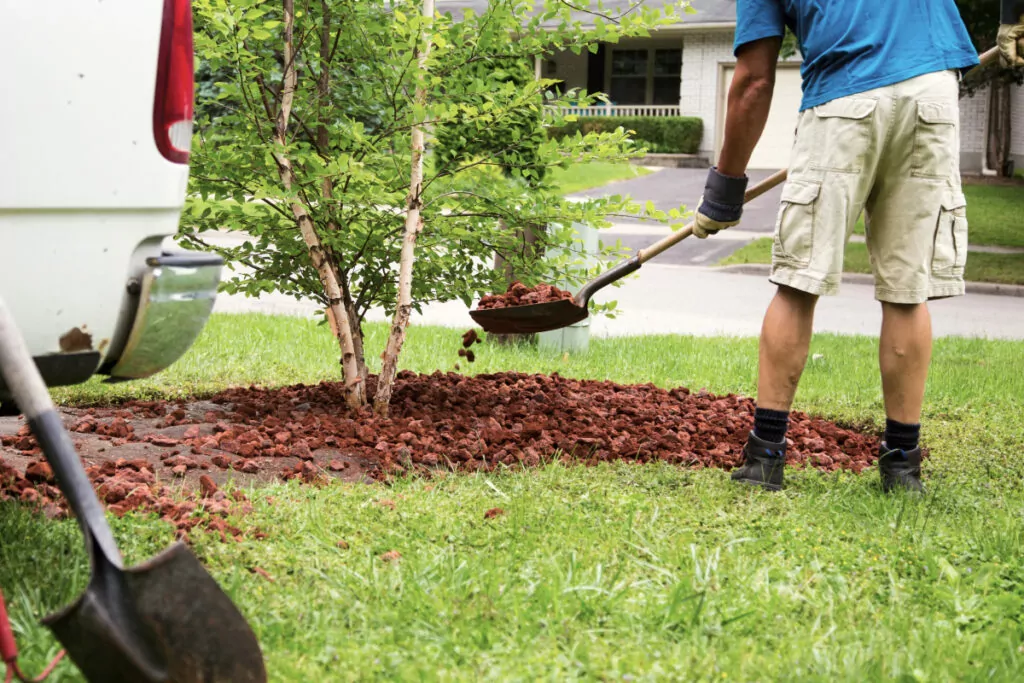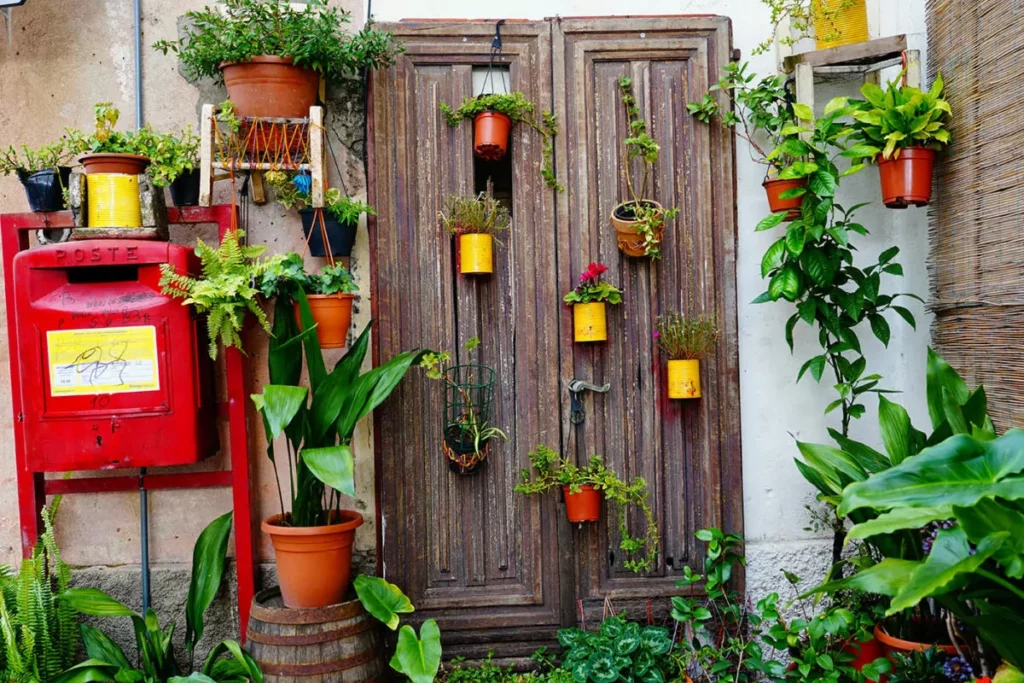Why might a client want their tree branches trimmed? The branches may pose safety concerns, either because they hang precariously over a house or because they’ve splintered following a storm; they may have become overgrown, blocking sunlight or even reaching onto a neighbor’s property; or they may just need to be pruned to look better. Clients in cold weather climates may also want to trim their branches in the fall in anticipation of snowy weather—icy branches can grow heavy and break!
Whatever the reason, trimming (also known as pruning) results in the following key benefits:
- Removes diseased, damaged, and dead debris
- Encourages airflow and healthy growth
- Shapes unruly plants and beautifies them
Tree trimming can be fairly straightforward, but—as with any Yard Work task—it can be helpful to observe these top practices by Taskers and use the tools they recommend for getting the job done.
General Tips
- Consider branch size: If a branch is less than 5cm thick, removing it is fine. If it’s more than 10cm thick, you should only remove it if there’s a good reason (e.g. the branch is dead/infected, or poses a threat). Cases vary and there is no one-size-fits-all solution.
- Don’t trim a branch too close or too far from the trunk: When removing an entire branch, avoid cutting too close to the trunk. Instead, cut outside the ‘collar’ at the fork. Knowing exactly where to cut sometimes takes experience. If you’re unsure, do not cut the branch.
- Never remove more than ¼ of a living crown at once: The crown consists of all reproductive structures—including branches and leaves—extending from the trunk or main stems.
- When branches rub or cross each other, cut one: This process of ‘thinning’ helps keep a tree’s crown from becoming too thick.
- Crown raising clears space for pedestrians: This maximizes walking space below a tree and minimizes the potential harm that branches can cause. However, be sure to maintain live branches on at least ⅔ of a tree’s height. Removing too many branches near the bottom half may compromise the strength of the main stem.
- Trim during a tree’s dormant season: You can technically prune a tree at any time, but it’s best to do so when it’s dormant. The exception to this rule is if a hazard exists.
- Always take safety precautions: Tree trimming involves sharp tools, falling sticks and branches, and sometimes standing on ladders. Be sure that you’re safe throughout this task, along with everyone else in the vicinity.
Tools
Before making your way to the client site, it helps to communicate clearly to understand the exact nature of the task as well as the tools that will best help you complete it. To learn more about Yard Work tasks in general (i.e. not just trimming), check out the intro post to Yard Work tasks.
Below is a list of tools that can help you successfully complete a Tree Trimming/Pruning task:
- Cutting tools: These are the tools you’ll likely turn to first when trimming and pruning. The size and type of tool you choose will depend on what you’re cutting—i.e. tree, shrub, or bush.
- Garden scissors or pruning shears: These fit in the palm of your hand and are perfect for trimming small tree twigs or bushes (up to 1 inch in diameter).
- Pruning loppers: These are easy to maneuver into cramped spaces and can easily cut through thicker branches (up to 2 inches in diameter). Loppers with long handles—roughly 2 feet—are easier to work with.
- Pole pruner: These are great for hard-to-reach branches on trees. They can extend 10-15 feet high and handle branches up to 2 inches thick.
- Handsaw, bucksaw, or rope saw: Saws can be used for thicker branches where loppers and shears come up short.
- Protective gear:
- Hard hat: Wearing work-grade headgear can help you stay safer when trimming, pruning, or cutting branches.
- Gardening gloves: These can keep calluses and cuts from appearing on your hands, and increase grip while atop a ladder or handling trees/branches.
- Safety goggles: These can protect you from branches that fall toward you or debris resulting from cutting and sawing
- Long-sleeved shirt or jacket: Wearing one of these can prevent scratches, exposure to the sun’s UV rays, and bites/irritation from mosquitoes and other bugs.
- Other:
- Step ladder: You’ll need one of these if you want to reach high areas. For safety reasons, it can help to avoid using a ladder in wet or slippery conditions.
- Biodegradable lawn bags: These are suitable for collecting, transporting, and later disposing of debris.
- Tool belt: These can be useful for holding multiple tools, like scissors, gloves, and shears.
Top Taskers recommend not relying on clients’ tools whenever possible, as this can reduce uncertainty and the chance for miscommunication. If you need tools but do not wish to purchase them, you can rent and expense tools for a task. Visit this blog post to learn more.








